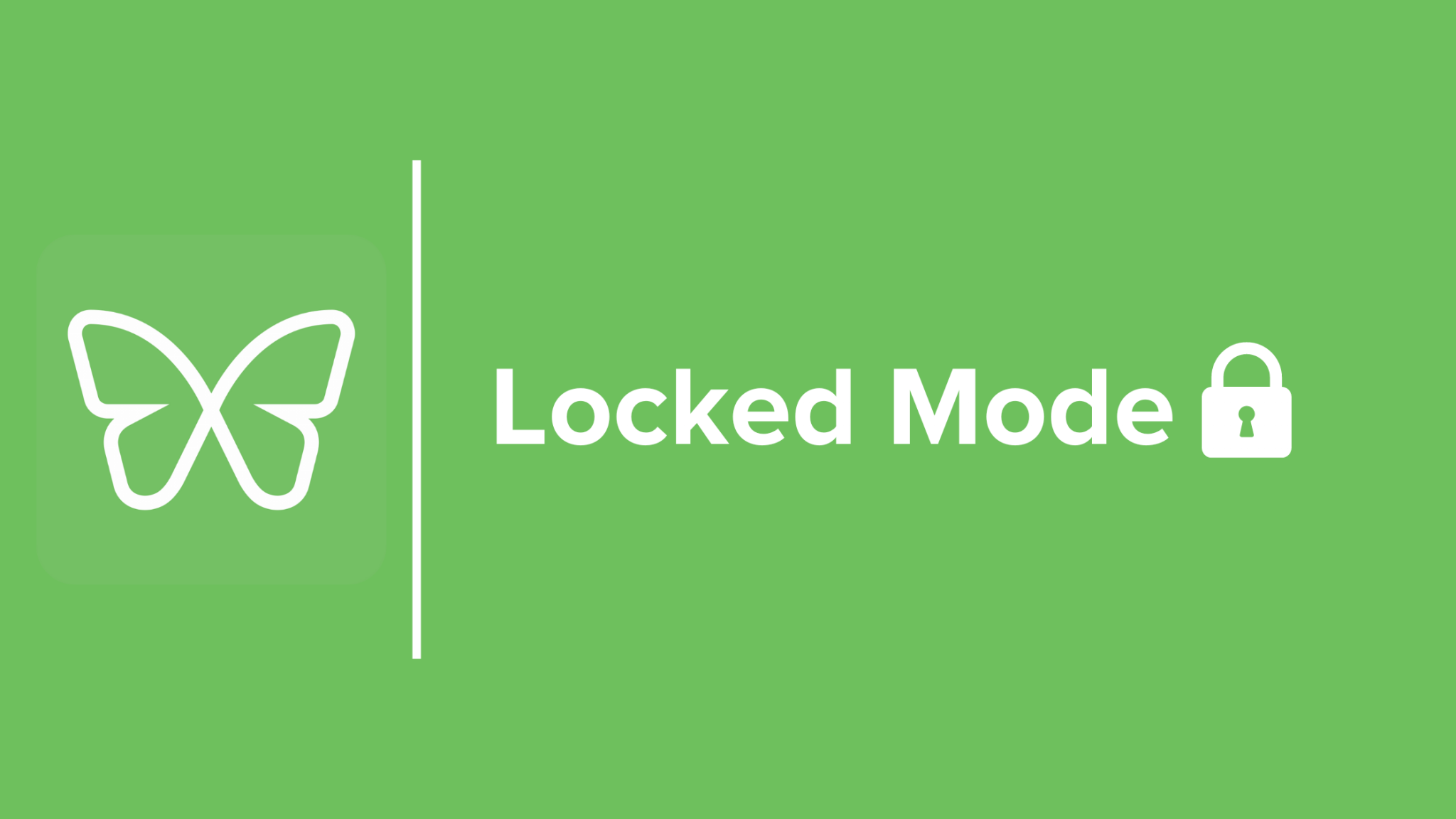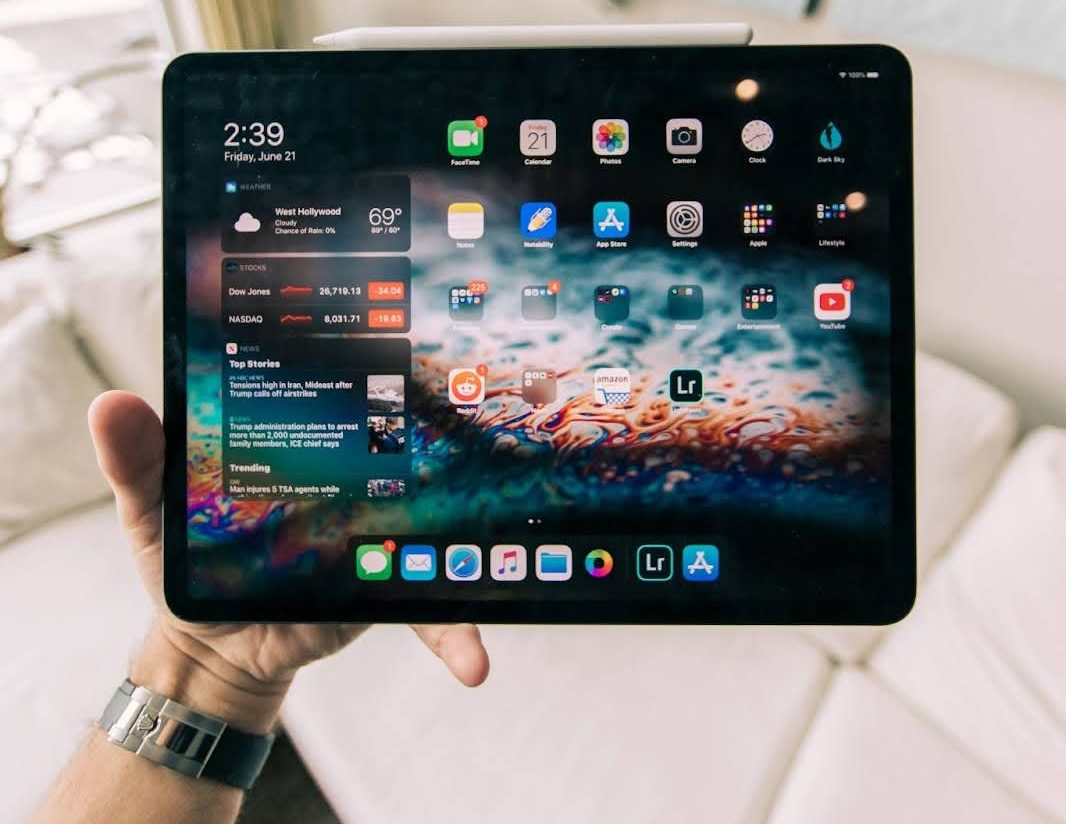Optimizing Productivity: Understanding and Adapting to Different Work Styles

Have you ever wondered why you may prefer brainstorming new product ideas while your favorite coworker thrives in completing the final details of a project? You may have distinct working styles, which is a particular way you approach your tasks and projects. There are four particular styles: logical, idea-oriented, detail-oriented, and supportive. You may even be a mix of styles.
By understanding your own style, you can learn how to play to your strengths and bolster your weaknesses, and structure your day for maximum productivity. By understanding other types, you can learn how to best communicate ideas and tasks to your coworkers for more efficient collaboration. So let’s get into it! Which style are you?
Logical Working Style
Do you love to analyze data, tackle daunting challenges, and focus on solving problems? You may have a logical working style. With an emphasis on critical thinking and strategic action, logical workers love to take creative risks and feel confident in making decisions. You may be considered a “doer” at your job, ready to take action and complete your goals with unwavering determination. When a tight deadline approaches, your teammates may call upon you to pull through as you work well under pressure.
Because you’re so driven by results, you may feel eager to begin a task but forget to communicate your actions to other team members. Your rational mind allows you to methodically analyze all the necessary data but may not be the best in gently communicating expectations to your teammates. And because you’re so excited to get to the end, you may forget to plan a few details if a particular task requires a bit more preparation than usual.
When it comes to communication, always lay out your actions, expectations, and messages in a clear, concise, and respectful way. You are data-minded, but others in your workplace may not be. Look over your messages to ensure everyone can easily digest your reports when you lead with facts and figures.
A Logical Daily Workflow
If you think you may have a logical working style, here’s a suggested daily work schedule that will play to your strengths and bolster your weak spots.
- Upon arriving at work, consider all your tasks for the day. Prioritize the most difficult tasks first, since you’re likely to arrive fired up to tackle the day. This is the ideal time for jobs that require deep analysis, lengthy problem-solving, and urgent deadlines
- If you’re advancing in any projects, notify relevant team members about any changes or updates you’re making, just so everyone is on the same page.
- Push through your most challenging projects all morning, and take time to fully relax on your lunch break without any work distracting you. This will help you burn out. Stroll around the block, call a friend, or even take a power nap if you feel tired.
- After a restful lunch hour, turn your attention back to work with less-pressing tasks until you finish the work day. If someone calls on you for an emergency, you’ll be able to take it on without much stress since you’ve already finished your priorities for the day.
When you finish up the work day, do something that allows your mind to fully release from work tasks. Whether you’d like to read an engaging book, take an afternoon jog, or sit for a few minutes of meditation, allowing your analytical side to rest will help you come back to work fully energized and refreshed.
Idea-Oriented Working Style
Do you enjoy coming up with new ideas, collaborating with coworkers, and envisioning opportunities when others see obstacles? You may have an idea-oriented working style. These ambitious professionals are considered big-picture pioneers who view their company in a more holistic manner. They inspire creativity in their coworkers and employees through their own entrepreneurial spirit. Idea-oriented workers love to take risks on new possibilities, and are able to lead others through their unwavering optimism. You may thrive in leadership, sales, marketing, or people-facing roles.
Some idea-oriented workers may get so excited about their idea, that they may not spend enough time concentrating on the important details to achieve their vision. They may also forget to check in with others on the team as they’re already dreaming up seven new solutions to this work issue. Idea-oriented workers may also jump into a new project with lots of fire but struggle to maintain the momentum to see things through to completion.
Idea-oriented people tend to be excellent communicators when it comes to laying out their visionary ideas with passionate body language. Whenever you rally people behind your cause, make sure to consider smaller details before getting everyone into gear, or ensure you delegate tasks to your more detail-oriented workers who won’t forget a single thing. You may thrive better in roundtable open discussions that allow everyone to have a chance to freely voice their opinions and ideas.
An Idea-Oriented Daily WorkFlow
If you think you’re a worker who’s brimming with new ideas, here’s a daily workflow that will provide you with plenty of opportunities to brainstorm, collaborate, and see things through.
- When you arrive at work, sort through daily tasks and attend meetings with team members to share your ideas, delegate detailed tasks, and pep everyone up for the day!
- Try to schedule any meetings in the morning so you can release all your ideas and collaborate with others through brainstorming.
- During lunch, recharge your brain’s battery with a nutritious meal, an inspiring walk, or an energizing chat with a coworker, friend, or family member.
- Once you return to work, it’s time to implement some action from your morning ideas. Consider sketching out rough plans of action or developing your ideas a bit more. Break everything down into workable chunks to keep from being overwhelmed. What small thing can you accomplish today? Take these tasks on until you finish your day.
When you clock out for the day, it’s necessary that you continue nurturing your creative side. Maybe you’d like to try out a new recipe you saw on Instagram or engage in a relaxing color-by-numbers. By forcing yourself to deeply focus on something creative, your mind can enter the flow state and actually feel fully recharged for the next work day.
Detail-Oriented Working Style
Do you love to get lost in the details, focus on accuracy, and deliver impeccable products? You may have a detail-oriented working style. These workers stand out due to their strategic approach to tackling the most meticulous work tasks. Highly organized, they provide a sense of stability and order so the rest of the team can thrive in their own styles. You can diligently study and comprehend all the facets of a problem to develop a meticulous plan that keeps the project moving in the best direction possible.
While it’s essential for detail-oriented workers to double-check problems others may not have considered, this approach can create other issues. These workers may get too caught up in making each detail perfect, which can delay projects. As a risk-averse type, you may show resistance to new ideas or struggle to see the big picture. The intense focus they put towards work can lead to burnout or micromanaging others.
Someone with a detail-oriented working style tends to be a clear communicator who is able to thoroughly explain instructions and steps. This makes them excellent as a project manager who provides guidance and stability to the team, or as a new employee trainer who’s able to demonstrate the correct way of doing things in your workplace and catches rookie mistakes before they become habits.
An Attention-Oriented Daily WorkFlow
If you resonate with being a worker who pays close attention to every detail, here’s a daily workflow that will provide you plenty of time to thoroughly accomplish all your goals.
- Consistency is key for people with a detail-oriented working style. Try to have consistent sleep and waking hours in your schedule.
- When you arrive at work, it may help you to create two kinds of to-do lists: one of larger overarching tasks, and one that breaks down the steps of a singular project.
- Prioritize your most sensitive projects so you don’t have to rush to complete anything and potentially leave errors or loose ends.
- Work on one job at a time; multi-tasking is more likely to trip you up. Don’t jump to the next step before you’re satisfied with the current one.
- During lunch, allow yourself to get distracted! Now you can talk to your chatty coworker, check your messages, or get back into that book you can’t put down before you get back to a state of concentration.
- Once you return to work, it’s to to look at work that others have sent to you to look over. This is the time when you can get cross t’s and dot the final i’s before sending in a completed report or giving a polished presentation.
When you leave for the day, it’s best to incorporate a few healthy habits in the afternoon that allow your mind to relax. Engaging in movement, like exercise, sports, or dancing, can also physically wear out your body to help ease you into a restful sleep at your scheduled bedtime.
Supportive Working Style
Have you ever been called the “glue” to your workplace? Do you listen to coworkers’ needs, try to build harmony, and love to collaborate with others? You may have a supportive working style. Defined by your ability to build relationships, they are always willing to lend a hand wherever it is needed… A supportive working style may do well in positions like HR as they solve conflicts by listening to others’ perspectives and finding a harmonious solution that doesn’t negatively impact relationships.
However, the ability of a supporter worker to consider everyone’s opinions may hinder a decision-making process that needs someone to make a quick assertion. Furthermore, this people-centric worker may struggle to perform in environments or roles that are data or product-heavy and lack the opportunity for human connection or honest conversations.
The supportive worker is an expressive and diplomatic communicator. They tend to be very transparent in communicating messages, needs, and feelings of team members to others. Their rapport is excellent in inspiring others to agree with their ideas or take action on a project while still prioritizing collaboration with teammates. Your strong emotional intelligence also lends you to thrive in customer service positions as you create kind and friendly interactions.
A Supportive Style Daily WorkFlow
If you find yourself falling into the category of a supportive working style, here’s a suggested schedule that’ll give you the time to get your own tasks done while being free whenever someone inevitably calls on you for help.
- When you get to your job, check your messages first. It’s likely you’ve already been sent requests to read over a report, listen to a coworker’s complaints, and heed the warnings that the boss is in a bad mood. Depending on the time-sensitivity of these requests, you may already have your day laid out for you to diplomatically calm your boss, read a report, then solve a workplace squabble,
- Although it’s important to be as flexible as possible, try to accomplish meetings in the morning to touch base with co-collaborators on a job’s progress. You’ll be able to see how you can best support your teammates without feeling rushed for time.
- During lunch, make sure you take time to support yourself! Enjoy a nourishing meal as you sit in the park alone or meet up with a friend.
- Once you return to work, it may be easier for you to concentrate more on individual work tasks. However, keep the last hour and a half of the day relatively open in case someone calls you for a last-minute request!
Once you head home, it’s once again important that you follow the idea of supporting the self but it’s likely you’re drawn to doing something social. Maybe you like to volunteer at the animal shelter and walk lots of cute dogs, or you take a weekly pottery workshop. Do things you enjoy that leave you feeling full and ready to offer support in the workplace the next day.
Tools and Techniques for Productivity between the Styles
- Prioritize meeting face-to-face. Sometimes email and Slack doesn’t cut it, and a lot can be lost in translation over a typed message. A face-to-face meeting at least once a week can help with clear communication and team rapport.
- Create a Collaborative Work Environment: As you begin to recognize the blend of work styles in yourself and your coworkers, it may help you better understand how to create more productive team dynamics. Create an environment where people don’t feel ashamed to ask for help on a project.
- Use Task-Tracking Tools: In order to ensure all your projects are going according to plan, there are several task-tracking apps that allow you to ensure you get everything done, such as Todoist, Asana, and TickTick.
- Give the Right Person the Job: When delegating tasks, consider everyone’s styles to give their jobs that play to their strengths. The idea-oriented person may like taking the lead on the project, the supportive worker can research and implement customer feedback, and so on.
- Download Digital Wellness and Productivity Apps: Each type will thrive off a different kind of specialized support. Apps like Freedom, which block distracting websites and apps for a customizable period of time, can help supportive workers implement solo time-blocking work sessions with Pomodoro Focus Sounds, idea-oriented workers from getting too distracted with Locked Mode for deep work, or logical workers create a solid schedule through Scheduling their blocklist sessions.
Conclusion
Understanding your own work style doesn’t put you into a rigid box. It embraces your blend of approaches to solving problems to help you know where you shine in the workplace to help maximize productivity. As you learn others’ styles, you’ll also find ways to help support each other. Through productivity apps like Freedom, task trackers, and a collaborative work environment, you’ll soon be able to maximize your work efficiency and enjoy a more harmonious workplace.
Written by Lorena Bally


